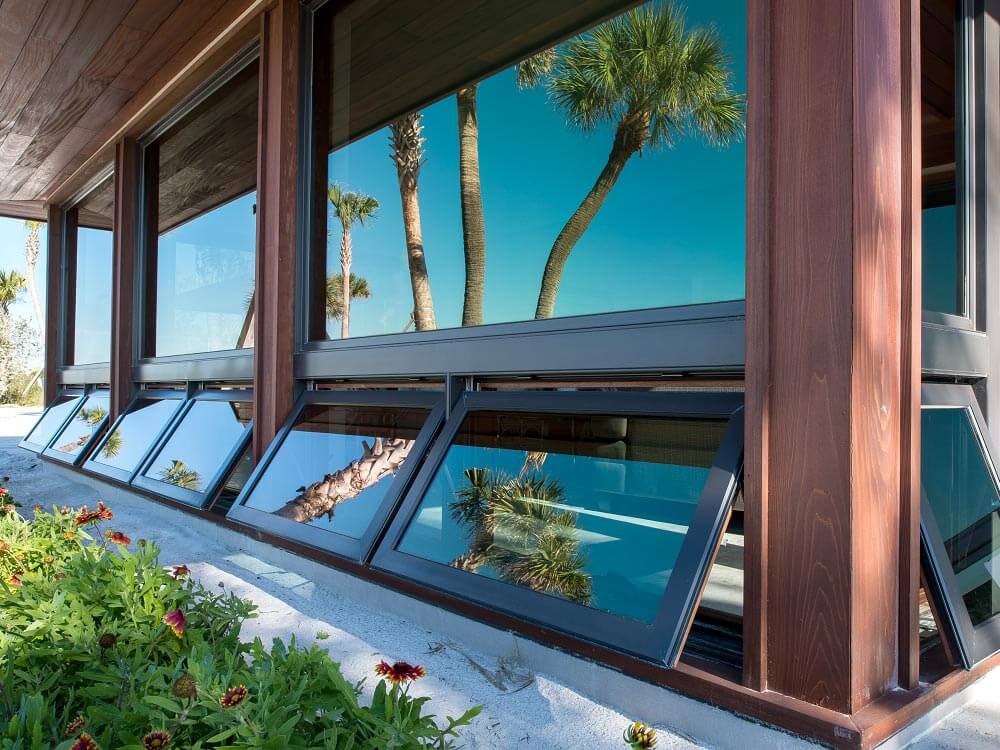 Consider window replacements on your Arlington Heights home. It is one of the best home improvement projects you can undertake. They can enhance both the look and comfort level of your home and can even change the entire feel of a room. Window replacements have a consistently high ROI. They can improve the function of a room, and have a dramatic effect on your home energy bills.
Consider window replacements on your Arlington Heights home. It is one of the best home improvement projects you can undertake. They can enhance both the look and comfort level of your home and can even change the entire feel of a room. Window replacements have a consistently high ROI. They can improve the function of a room, and have a dramatic effect on your home energy bills.
If you're thinking about window replacements on an Arlington Heights home, you'll want to learn about a window's energy efficiency rating, maintenance requirements, the materials they are made of, and the cost. Once you've got those very important, but not so fun, issues out of the way, it's time for the real fun to begin - choosing your new windows!
You'll be inundated with terms you may not understand when you start exploring window replacements in Arlington Heights. We don't have time to cover every aspect of window replacements in this post, so we're just going to focus on the different styles of windows you'll come across.
Understanding these terms will help you visualize what the window in question looks like and how it will fit in your home.
Common Window Styles
There is no reason to stick with the exact same shape and style of window that you currently have. When you work with a window contractor, you can have your windows made-to-order, so you never have to worry about whether or not a new style or design will fit into your window frame. Whatever you chose, chances are it can be custom-made to fit. So feel free to branch out and explore your options! Some of the most common window styles we see today are:
- Awning. Awning windows are wide, but short. They push or crank open from the bottom, because they have a hinged top. This allows for maximum ventilation, because the entire screen is exposed. They are popular in kitchens.
- Bay or Bow. Bay and bow windows extend outward from the home. Bay windows are made up of three separate panes of glass. They typically have a large center window with two smaller windows flanking it. Bow windows, on the other hand, are made up of three to six windows that are all the same size. Bow windows have a more gradual curve than bays, which are more sharply angled. Both types can be designed to provide ventilation or they can be stationary.
- These tall and narrow windows are hinged on the side. You turn a crank to open them outward. Like awning windows, this exposes the entire screen for maximum ventilation.
- Double-Hung Or Single-Hung. Double-hung and single-hung windows are the classic window design. A single-hung window has one sash and opens by sliding the window up from the bottom. Although there is glass above and below the sash, the screen is only on the bottom half of the window. A double-hung window has two sashes and can slide up or down, with glass and screen covering the entire window.
- These large windows are strictly for viewing pleasure and to let light in. They do not open for ventilation.
- Sliding, Sliders or Gliding. Picture a double-hung window turned on its side and you've got a slider. These windows have two sashes. When open, one sash slides past the other. You can get sliders that open for ventilation on both sides, or just one side. Like the single-hung window, if it only opens for ventilation on one side, there would only be a screen on half of the window.
- Specialty. Of course, with custom-made windows, you can always get a specialty shape. Common specialty shapes are round, oblong, arched, hexagons or octagons, or even diamond-shaped. These usually don't open; they are mainly for decorative purposes or to add light to a dark, oddly-shaped area of the home.
Are you ready to start looking at window options? Contact Erdmann Exterior Designs for window replacements on Arlington Heights homes. We carry top-quality Marvin and Beechworth windows in a variety of styles to suit your home. Not sure what you want? That's ok! Our design consultants are ready to help you re-design the look of your home with new windows.
Contact us at 1-847-357-9607 to schedule an appointment to discuss your project. And be sure to visit our Windows Gallery for inspiration!
Tags
Subscribe to Erdmann Exterior Designs's Blog





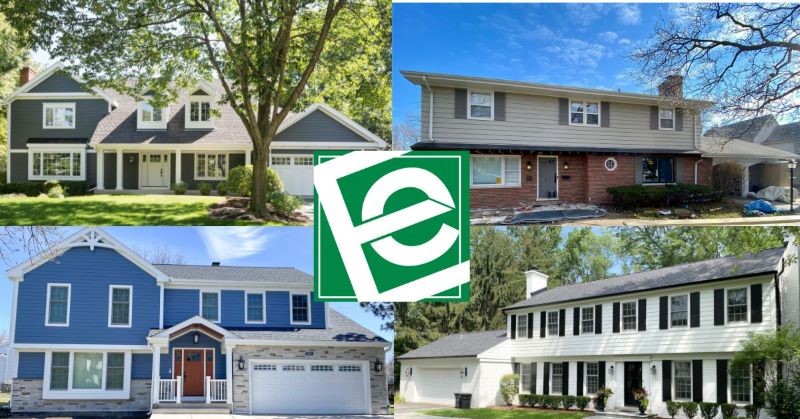
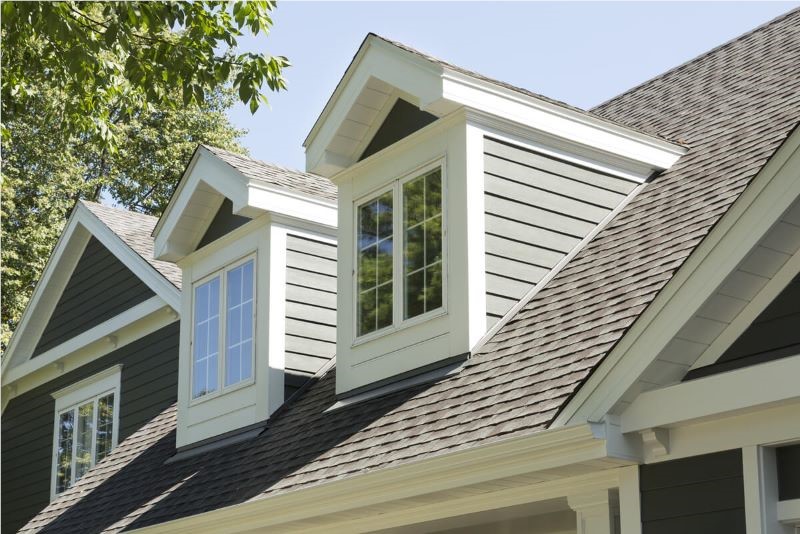
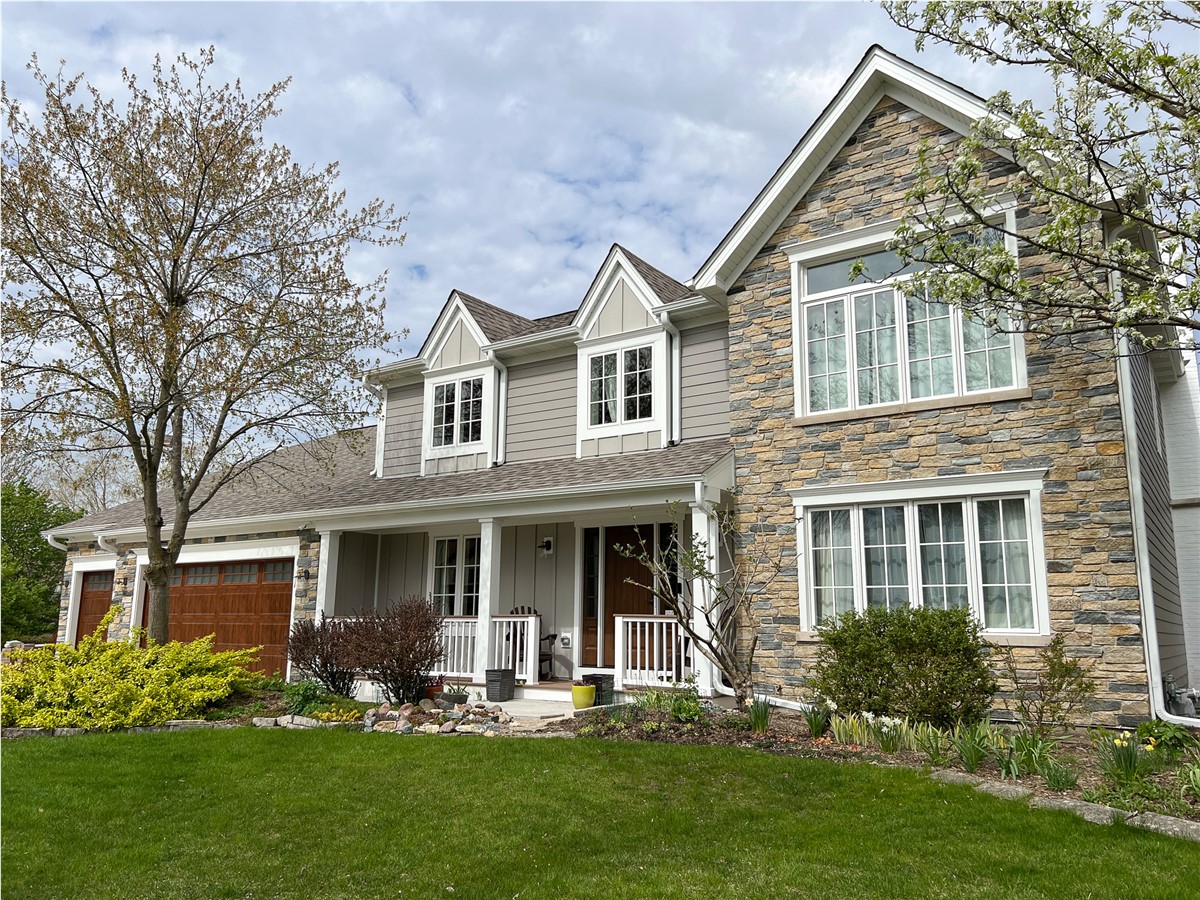
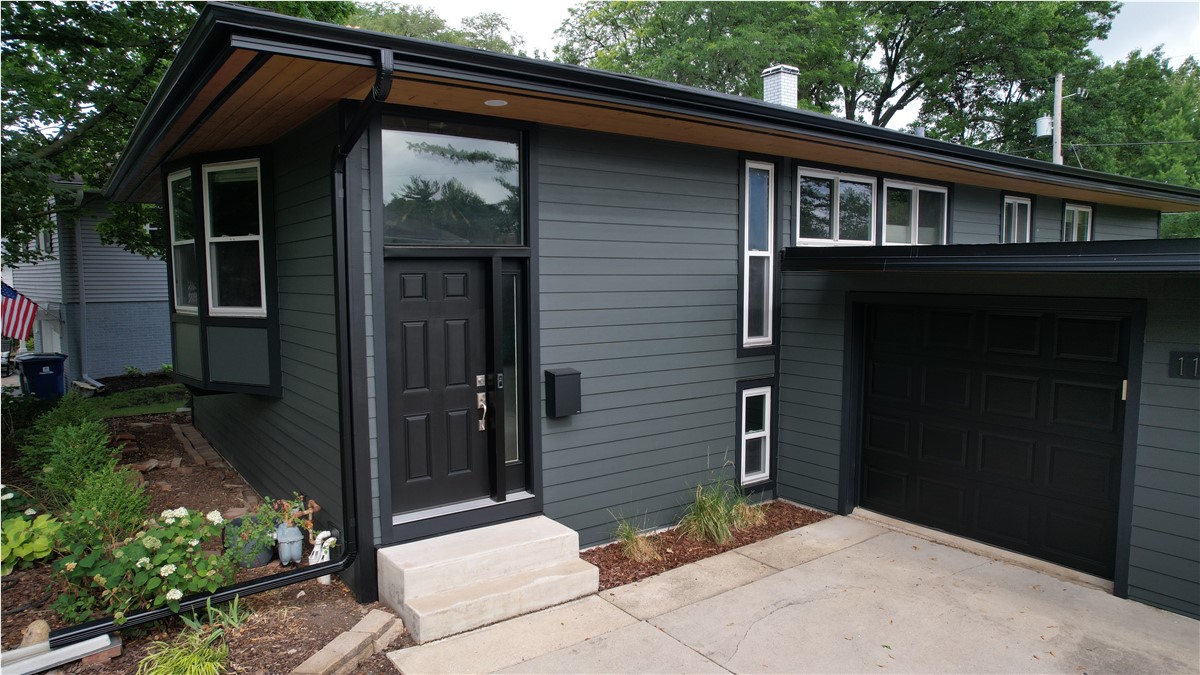
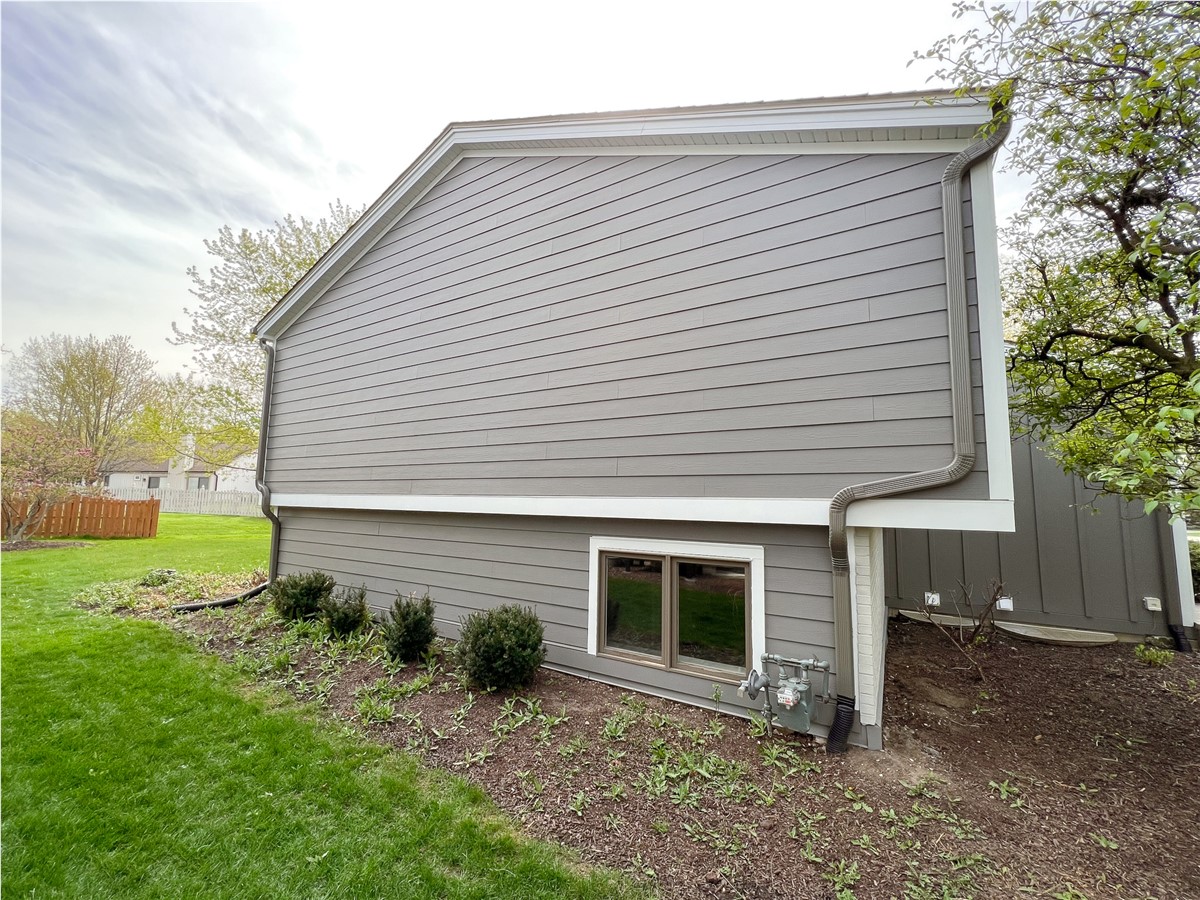

Comments